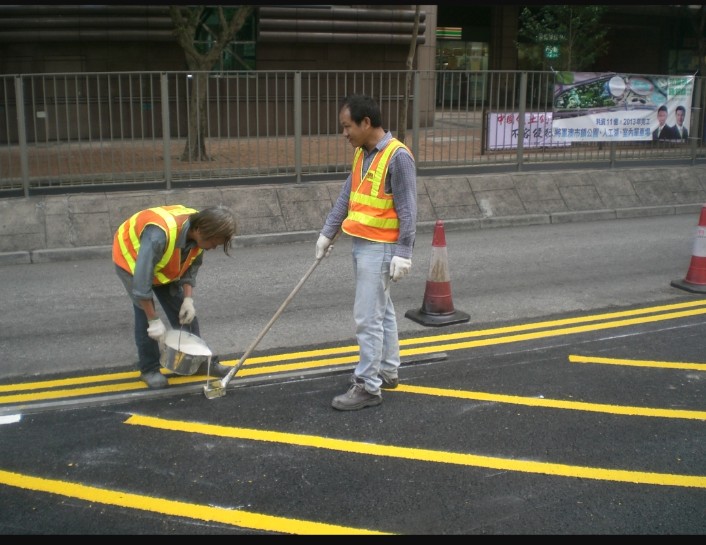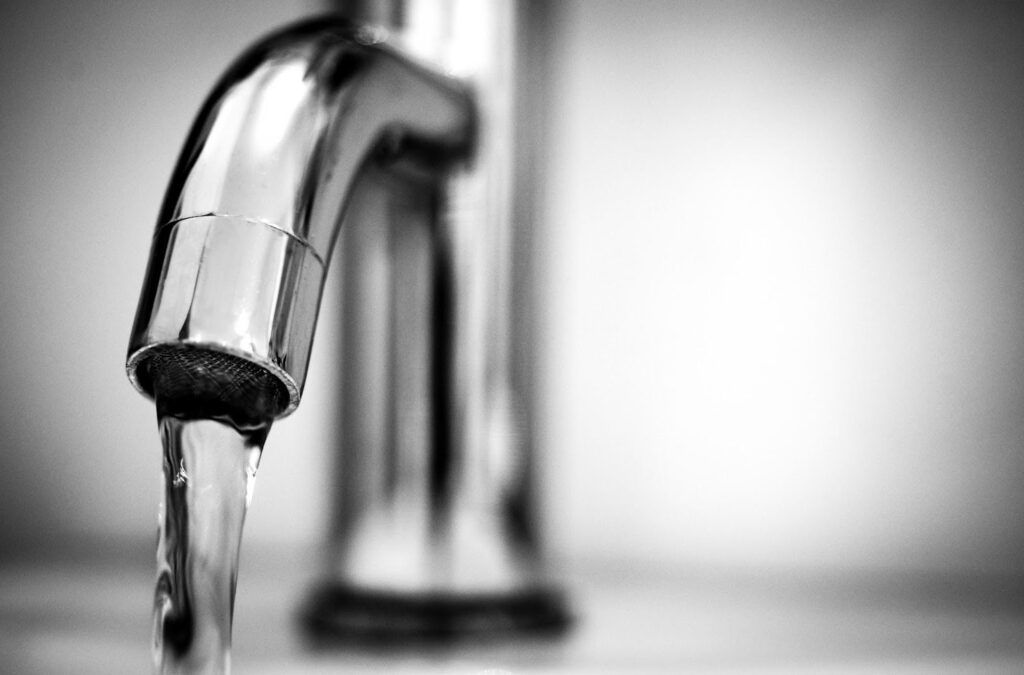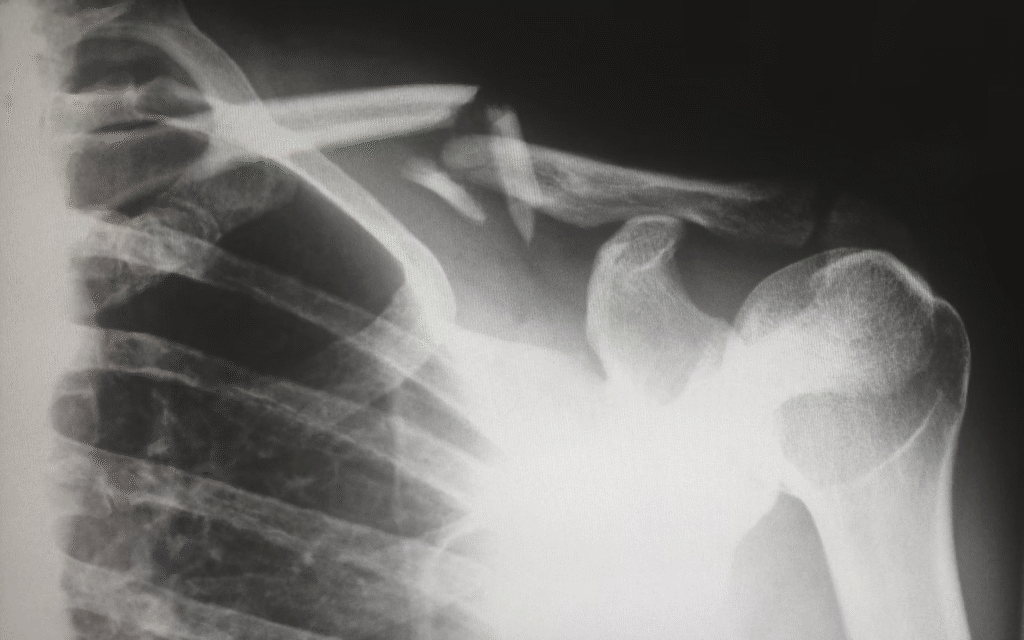Line marking, essential for safety and organization in various industries and environments, has seen significant advancements in technology and materials in recent years. In this article, we’ll explore the latest innovations in line marking, highlighting how new technologies and materials are revolutionizing how lines are applied and maintained in diverse settings.
Laser Line Marking Systems
Laser line marking systems represent a groundbreaking innovation in line marking technology. These systems utilize precision lasers to create highly accurate and durable lines on various surfaces, including floors, roads, and sports fields. Compared to traditional methods, laser line marking offers unparalleled precision, consistency, and efficiency, ensuring crisp and uniform lines with minimal setup time and labour. Also, laser line marking systems can easily accommodate complex designs and patterns, making them ideal for applications where precision and aesthetics are paramount.
Smart Line Marking Paints
Innovative line marking paints incorporate advanced technologies such as nanotechnology and photochromic pigments to enhance visibility, durability, and sustainability. These paints are formulated to provide long-lasting, high-visibility lines that remain vibrant under different lighting conditions and environmental stresses. Some clever line marking paints are designed to self-heal minor scratches and abrasions, prolonging the lifespan of line markings and reducing maintenance requirements. Furthermore, specific formulations are eco-friendly, utilizing water-based or low-VOC (volatile organic compound) ingredients to minimize environmental impact.
RFID-Enabled Line Marking Systems
RFID (radio-frequency identification) enabled line marking systems offer innovative asset management and inventory tracking solutions in industrial and logistics settings. These systems incorporate RFID tags or markers embedded within line markings to provide real-time identification and tracking of assets, equipment, and inventory items. RFID-enabled line marking systems facilitate efficient asset management, inventory control, and workflow optimization, enhancing productivity and safety in warehouse, manufacturing, and distribution facilities. Additionally, RFID technology enables automated data capture and integration with enterprise systems, streamlining operations and enabling predictive maintenance and asset utilization analytics.
Reflective and Glow-in-the-Dark Materials
Reflective and glow-in-the-dark line marking materials enhance visibility and safety in low-light or nighttime conditions. Reflective line markings utilize micro glass beads or retroreflective materials to reflect light from vehicle headlights, enhancing visibility and delineating lanes on roads, parking lots, and pedestrian pathways. Glow-in-the-dark line marking materials absorb and store ambient light during the day and emit a luminous glow at night, providing guidance and orientation in dark environments without needing external lighting. These materials benefit emergency evacuation routes, hazardous areas, and public spaces where visibility is critical for safety.
Sustainable Line Marking Solutions
Sustainable line marking solutions focus on reducing environmental impact and promoting resource conservation throughout the line marking lifecycle. These solutions encompass eco-friendly materials, such as water-based paints, recycled plastics, and biodegradable additives, as well as energy-efficient application methods and waste reduction strategies. Sustainable line marking practices prioritize longevity, recyclability, and eco-consciousness, aligning with environmental regulations and corporate sustainability initiatives. By adopting sustainable line-marking solutions, organizations can minimize their carbon footprint, conserve natural resources, and contribute to a greener and more sustainable future.
Conclusion
Line marking innovations continue to evolve, driven by technological advancements, materials, and sustainability practices. The latest line marking technologies offer unprecedented application capabilities and benefits, from precision laser systems and innovative paints to RFID-enabled tracking and eco-friendly solutions. By embracing these innovations, organizations can enhance safety, efficiency, and sustainability in line marking operations, ensuring optimal performance and visibility in diverse environments. As technology progresses, the future of line marking holds even more significant potential for innovation and advancement, paving the way for safer, more innovative, and more sustainable solutions.







